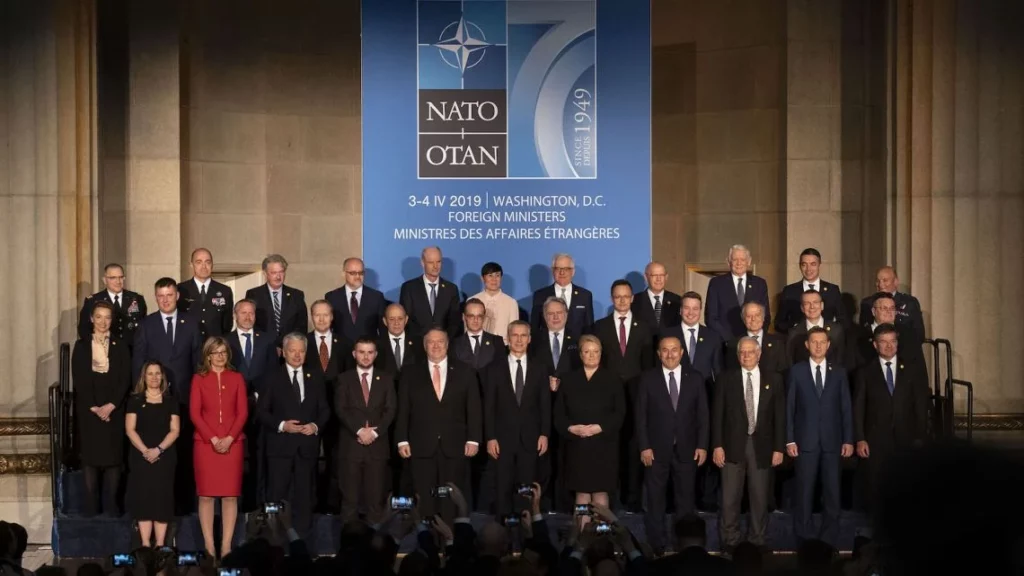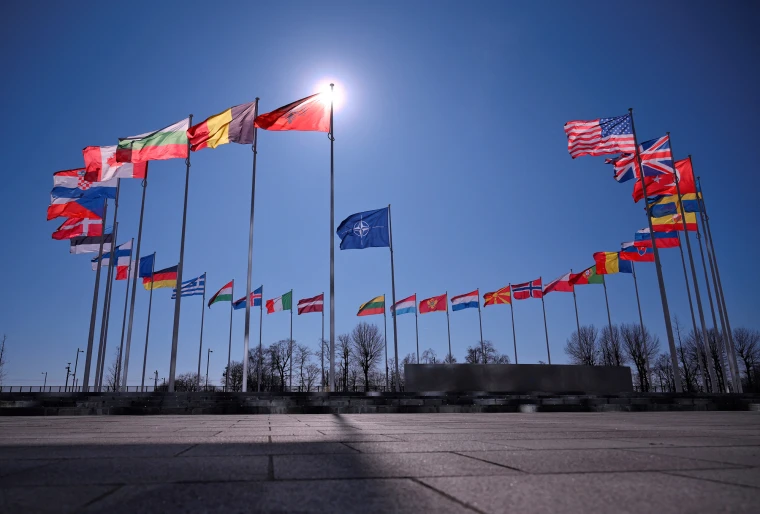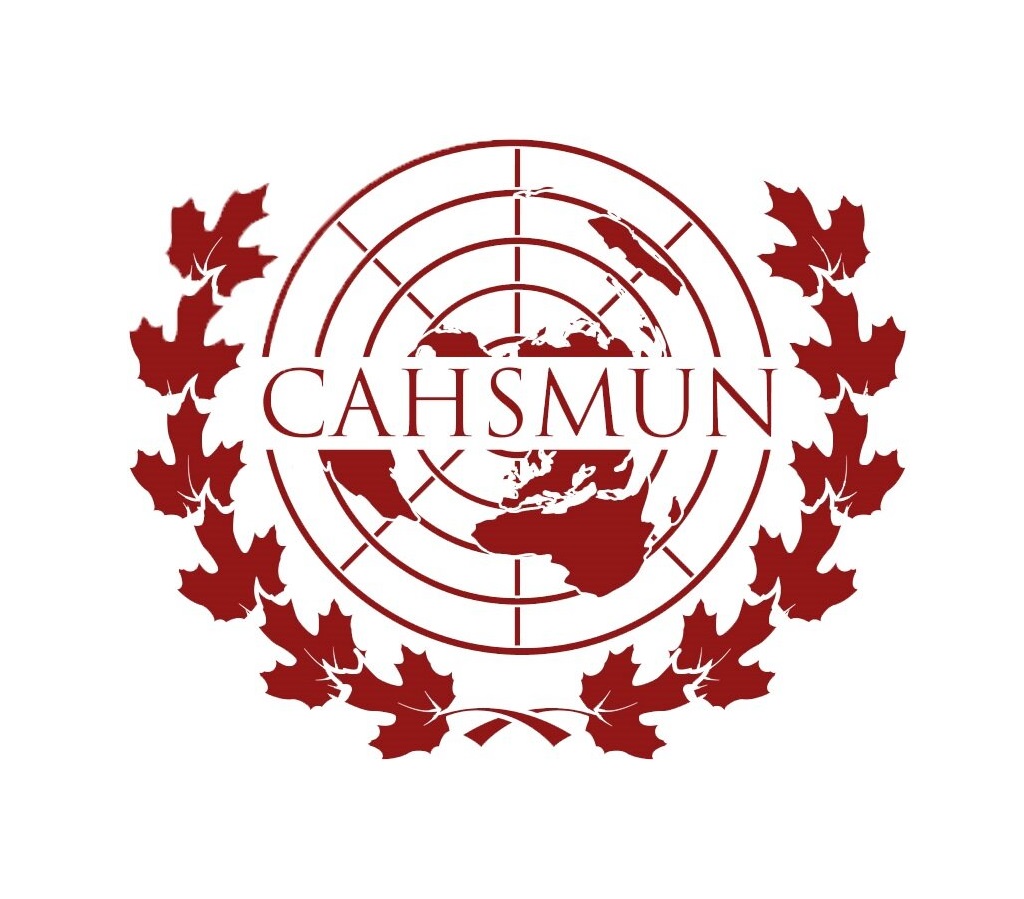Eaton Li, representing the U.S. in NATO, argues that the allegedly absurd tariffs and defense proposals are necessary to ensure fair contributions from all members of the orgnaization, reflecting the disproportionate burden for the alliance’s security over the shoulders of America.
FOUR months of recent negotiations at NATO uncovered rising tensions between trade and defence pledges, the United States steadfastly advocating rebalancing across the board, economic as well as military, among members. Initial outrage in Washington over its tariffs has been supplanted by broader squabbles, members questioning what, precisely, they can agree means to be an equitable and viable partnership in the new geopolitical world.

At the center of the tempest was the American action to impose, an almost, offensive quantity of tariffs on imports from nations of NATO memberships, which met with instant criticism. European powers alone criticized the action as aggressive and economically harmful. But to the U.S., the tariffs were framed as a remedy for an age-old imbalance. For America, it was a matter not of aggression, but of compensation. For decades, the U.S. had underwritten NATO’s core defense structures, always contributing more in dollars and assets than any other member in the whole entire orgnaization. The tariffs were thus not perceived as punishment, but as rebalancing that ledger, an effort to recapture costs through economics rather than demanding direct compensations.
This conflict over trade was soon followed by a comparable battle over the costs of defense. The traditional requirement that the member states spend 2% of GDP on defense has remained unmet by most states. The U.S., arguing that threats are up and deteriorating all around the globe, pushed to increase that to 5%. US officials saw the request as a budget-savvy response to shifting security circumstances, but most allies considered the request too much, citing fiscal limitations but also other priorities at home. The controversy revealed not only divergence in financial capability but also in strategic thinking, as some countries preferred investing in non-military forms of aid. To bridge the widening gap, alternative models of contribution were proposed by several member states. Rather than raising defense budgets everywhere, others advised generating value in other ways, such as by selling oil to supply-dependent friends, donating food surpluses as more aid, or extending technical and humanitarian assistance. Such nations asserted collective defense could come in many varieties other than outright defense spending, and desired flexibility in meeting obligations. Whereas the U.S. accepted such alternatives, it was nevertheless committed to having all allies share a meaningful economic interest in NATO’s long-term defense position.

Although tensions were early, a compromise began to emerge. Perceiving the domestic resistance to the 5% level of spending and the outside pressure brought on by tariffs, U.S. negotiators suggested a conditional reduction in economic sanctions. If all NATO members agreed to raise defense spending to a new level of 3%, the United States would lower tariffs that had strained relations. The action was meant to ease economic pressure while still moving the alliance toward military equivalence. Though not taken with relish, the offer was regarded by the majority of member countries as a realistic middle ground, less severe than the first request, but an important step forward toward redressing the alliance’s financial imbalance. In negotiations still underway, NATO is in a sensitive stage of realignment. The negotiating talks reflect a broader trend: mounting efforts to reconcile national interests under a common security umbrella. While the pledge to collective defense endures, means of maintaining the guarantee are shifting. Commerce, military readiness, and economic partnership are more closely interlinked than ever before in history, and striking a balance to satisfy everyone’s needs has been one of the most precarious challenges NATO has had to encounter thus far.
With tensions still in effect but compromise within reach, the alliance is at a crossroads. Whether this deal marks a new era of cooperation or only an interlude in more profound structural fault lines remains to be seen. But for now, NATO remains, more cautious, more contentious, and more complicated than ever.

As the delegate of the United States, I appreciate this
why is eaton li the first thing that comes up